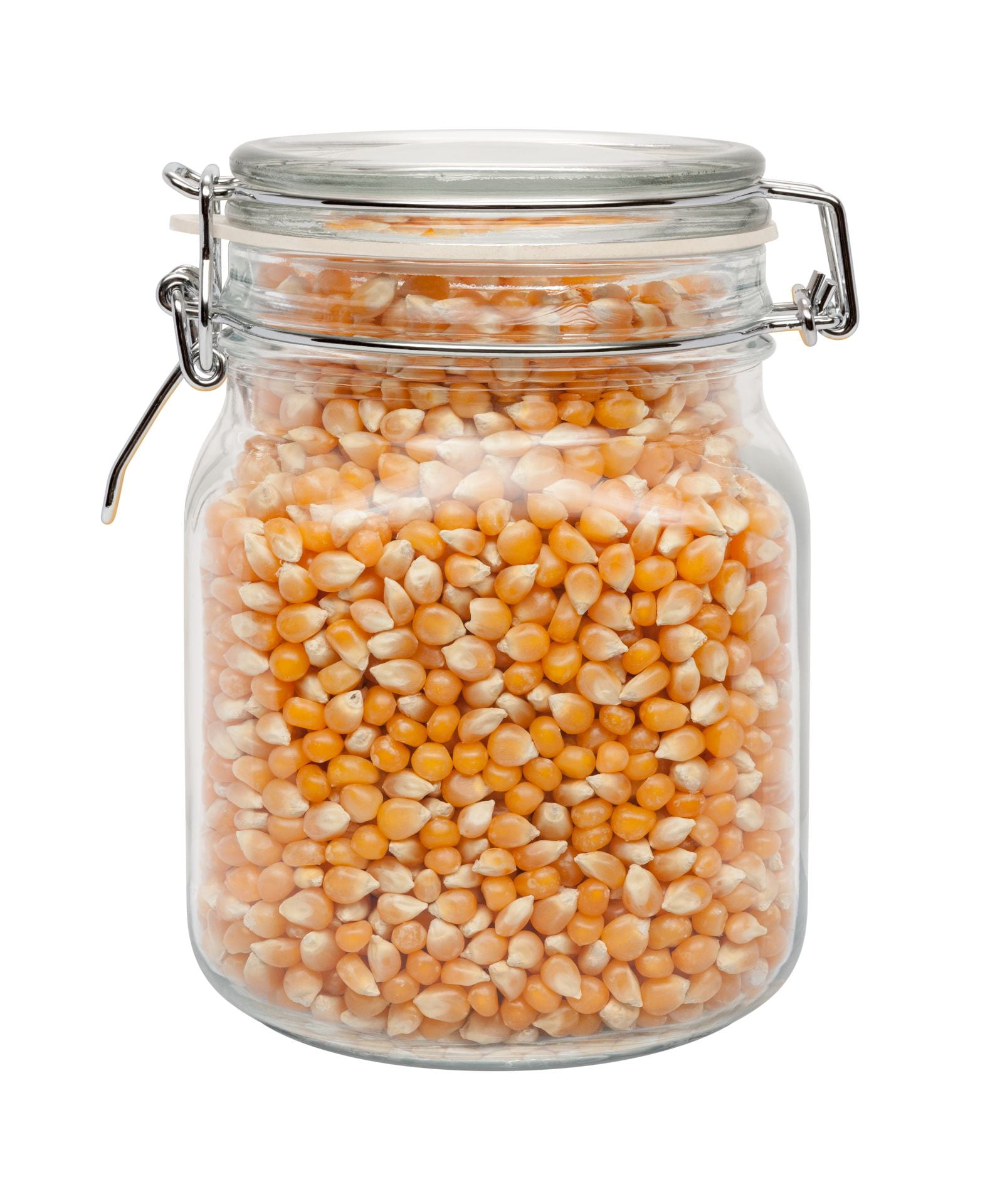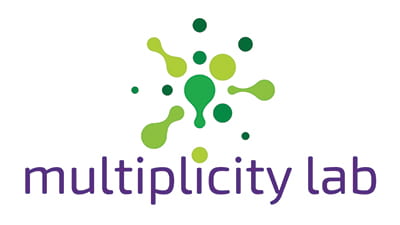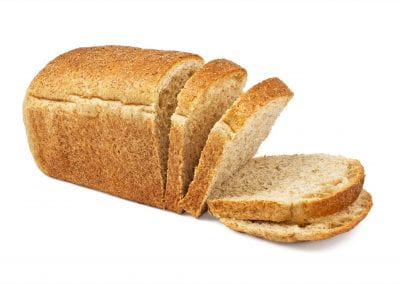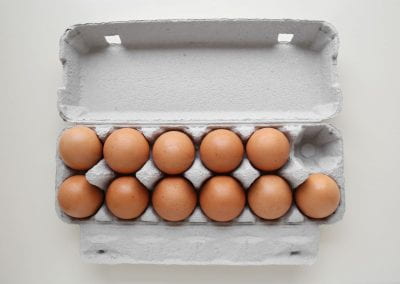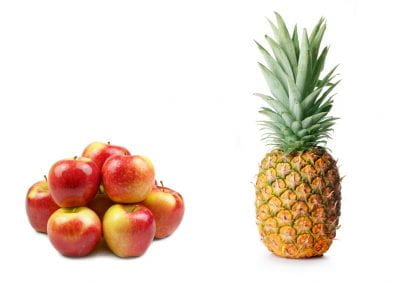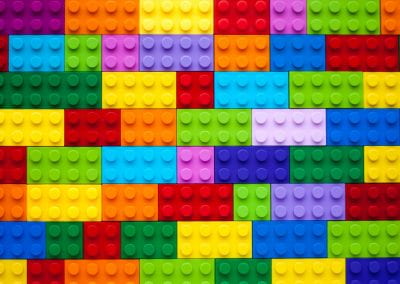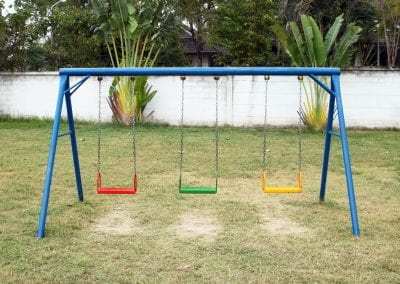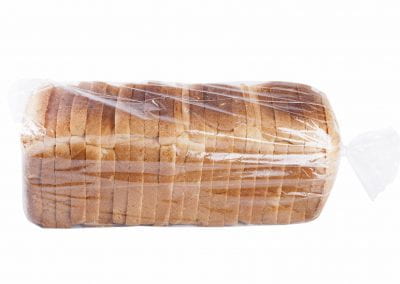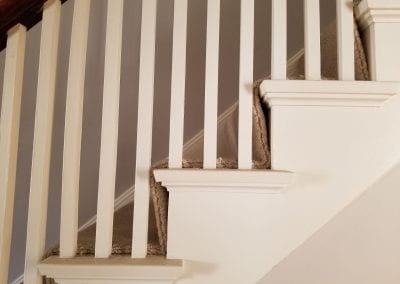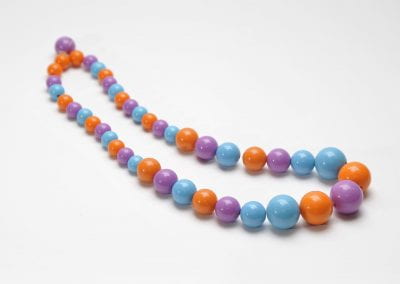Off You Go Routine
In the Off You Go routine, the class focuses on a single concept – such as rectangles, patterns, the number 100, or half – and then each child explores the environment to look for new ways that concept lives in the world. Students bring their diverse examples back for comparison and discussion, stretching their own notions of what the concept can (and cannot) look like. Think of this as a conceptual scavenger hunt. Students can do this as a full lesson searching your classroom or school, or try this as rich homework, where students look at home for a concept and you begin the next day’s lesson with sharing and discussion.
Each activity is structured in three parts:
Show a Concept: Show students an image that represents a mathematical concept and name it.
You might ask students where they see that concept represented in the image. Be sure that all students understand the concept they will be looking for in the environment.
Send them Off: Release students to explore the environment, looking for examples of the focal concept in their world.
Encourage them to think expansively about where to look and what that concept can look like. Students will need a way to bring back examples, whether by taking digital photo, drawing sketches, bring physical objects to show, or making written lists.
Share and Discuss: Gather students together to share what they found.
Highlight the many different ways the concept can appear and the creative places students found it represented in the environment. During this discussion, students can expand their ideas about the concept, agree or disagree about whether examples are valid, notice connections or contrasts, or develop a mathematical definition of the concept.
Your role is to focus the discussion on the essential properties of the concept – what an example must have to be a representation of that concept. For instance, is a squashed circle still a circle? If a student brings back an oval, discuss as a class whether this counts as a circle, and, most importantly, why or why not. These discussions help students define the properties or characteristics of a concept and move beyond the typical ways they are represented.

